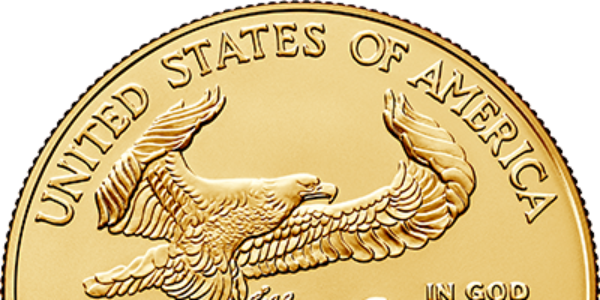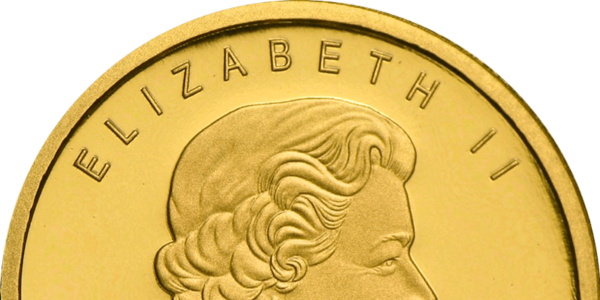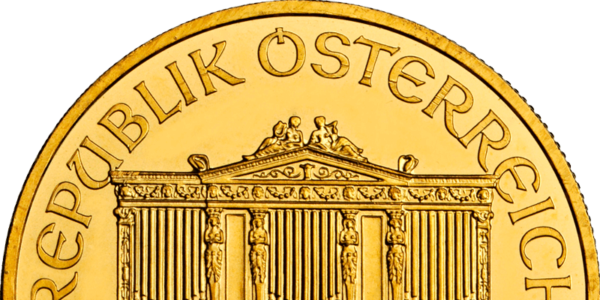Using the Gold Silver Ratio to Time Purchases
If you have ever invested in precious metals, you have likely heard of the gold silver ratio. The gold silver ratio is nothing overly complicated, in fact, it is quite simple. It can, however, be a powerful tool for identifying relative value and for making your investment dollars work even harder for you.
The formula for calculating the ratio is simple: Take the price of gold per ounce and divide it by the price of silver per ounce. That’s it… No fancy math, just simple division.
For example, if gold is trading at $1200 per ounce and silver is trading at $16 per ounce, the ration would be calculated as: $1200/$16 = 75.
The ration becomes useful when looking at its history and tendency to remain within a certain range (keeping in mind of course that just because it has shown a pattern in the past does not necessarily mean that it will in the future).
Over the last several hundred years, the ratio has oscillated between 14 and 100. Looking at just the last decade or so, the ration has moved between about 30 and 80.
Considering this pattern in the ratio, you can potentially identify times in which gold may be relatively expensive compared to silver, and vice-versa. On the high end of the range at 80, silver may be relatively undervalued compared to gold, while at the low end of the recent range near 30, gold may be relatively undervalued compared to silver.
In other words: You may potentially get more value for your investment dollars when buying either metal when it is relatively undervalued compared to the other.
Keep in mind that this tool may potentially benefit the patient, long-term investor. It will likely not, however, provide much, if any, benefit to short-term traders of “paper” gold or silver.
Armed with a basic understanding and history of the gold silver ratio does not mean that you should wait for the ratio to hit extremes before buying physical gold or silver. In fact, we recommend making regular purchases of these key precious metals regardless of price.
You can learn more about precious metals evaluation in our Ultimate Gold Investment Guide.


